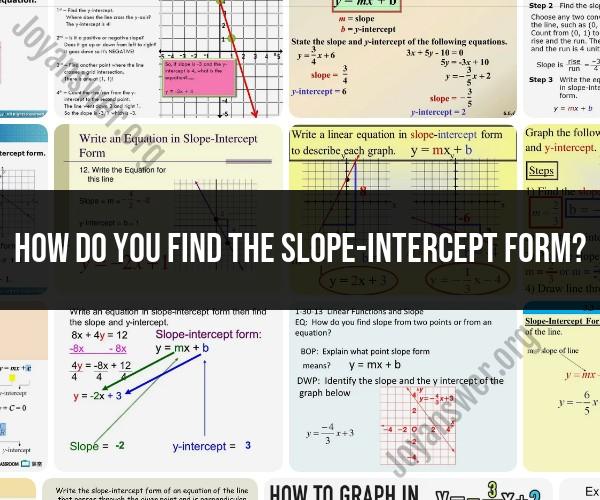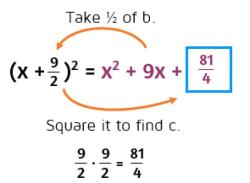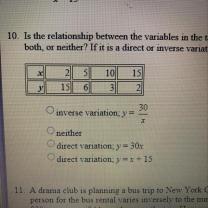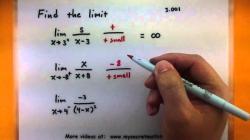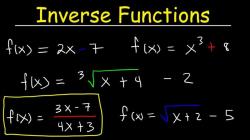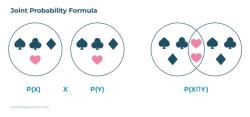How do you find the slope-intercept form?
To find the slope-intercept form of a linear equation, you need two key pieces of information: the slope () and the y-intercept (). The slope-intercept form of a linear equation is given by:
Here's how to find the slope-intercept form:
Step 1: Find the Slope ()
The slope () represents the rate of change of the line and can be calculated using the following formula:
Where and are any two points on the line. You can choose any two points as long as they are distinct (i.e., not the same point).
Step 2: Find the Y-Intercept ()
The y-intercept () is the point where the line intersects the y-axis. To find , you can use one of the following methods:
Method 1: Use a Known Point: If you have a point on the line (which you used to calculate the slope), you can rearrange the equation as follows to solve for :
Method 2: Use the Y-Intercept: If you know that the line passes through the point , then is simply the y-coordinate of the y-intercept.
Step 3: Write the Equation
Once you have found the slope () and the y-intercept (), you can plug these values into the slope-intercept form equation:
This equation now represents the linear relationship between and in slope-intercept form.
Let's go through an example:
Example: Find the Slope-Intercept Form
Suppose you have two points on a line: and . You want to find the slope-intercept form of the line.
Step 1: Find the Slope ()
Step 2: Find the Y-Intercept ()You can use either of the methods mentioned earlier. Let's use Method 1:
Step 3: Write the EquationNow, you have the slope () and the y-intercept (). Plug them into the slope-intercept form equation:
So, the slope-intercept form of the line passing through the points and is .
This equation represents the linear relationship between and for that line.
